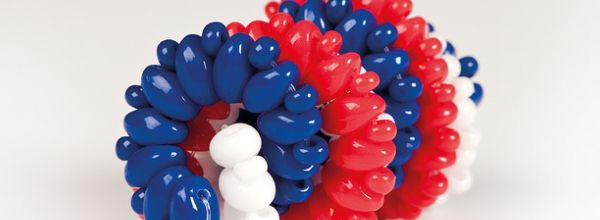Co-immunoprecipitation is a method used to detect protein-protein interactions. While it can be wonderful when it works, there are many problems associated with this technique. One of the biggest problems that I have faced when using this method is contamination by the light and heavy chains of my precipitating antibody when performing western blots of my IPs. In my struggles to overcome this issue, I have be introduced to several useful reagents.
GFP-trap
If you are looking at binding partners using eGFP-tagged proteins, then GFP-trap may be the perfect reagent for you. This reagent, produced by ChromoTek, is based on alpaca antibodies, which consist of only a 13-KDa heavy chain and no light chain. The reagent comes in several forms, including coupled to agarose beads and magnetic beads, making co-IPs quick and simple. The wonderful thing about this reagent is it gives you a fantastically clean IP with absolutely no antibody contamination at all. Most definitely my favourite IP reagent. For those of you using RFP-tagged proteins, ChromoTek also produces RFP-trap.
Light chain-specific secondary antibodies
While I would preferentially use GFP-trap for all my co-IPs, there are some instances when you just can’t. For those situations, you can use light chain-specific secondary antibodies to overcome the issue of heavy chain contamination from your IPs. These secondary antibodies are provided by several companies and work by only recognising the light chain of your primary antibody. This allows visualisation of proteins that may previously have been masked by heavy chain signal on your blot. Jackson ImmunoResearch sells a variety of light chain-specific secondary antibodies, including those labelled with HRP and Biotin.
ReliaBLOT
I don’t believe in the supernatural ,but this reagent can only be described as magic. Bethyl Laboratories, which produces it, gives out very little information on how it works, but this nifty blocking agent can be used during western blotting of co- IP’s to reduce heavy and light chain background. All you need to do is use this reagent (made up in simple TBS-T – which is supplied by the company as well) as a blocking agent, as well as for incubating with your primary and secondary antibodies, and your light and heavy chain contamination with be greatly reduced. The down side is that this reagent only works for primary antibodies raised in rabbits at the western blot stage . However, it can be used for antibodies in the IP stage from a variety of species (we have used it with both rabbit and mouse IP’s in our lab). The great thing about this reagent is that you can both IP and detect with rabbit antibodies.
Enjoying this article? Get hard-won lab wisdom like this delivered to your inbox 3x a week.

Join over 65,000 fellow researchers saving time, reducing stress, and seeing their experiments succeed. Unsubscribe anytime.
Next issue goes out tomorrow; don’t miss it.
What are your tips for reducing antibody contamination of your co-IPs?




